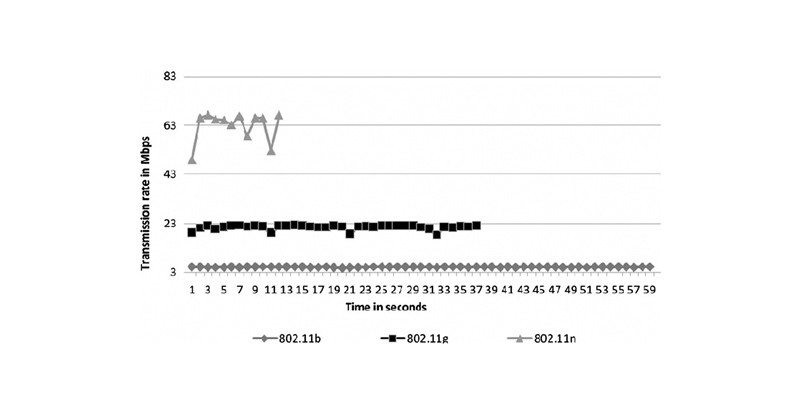Does WIFI Has a Great Impact on World

Wifi, also known as the WIRELESS FIDELITY has created an impact on the modern world. Wi-Fi is wireless LAN, it is one of the important technologies of computer networking; which allows the users to connect to the internet technology without the wires, It allows the router to be cordless also, The network is connected through an access point for internet and it is connected to a USB Port. This article will show you evidence that how WIFI has completely changed the world internet scenario and if it a danger or benefit to humanity.
Also Read: Merits and Demerits of Dockers
Importance Of WIFI:
Wifi is a part of most people’s life as it is necessary for one person to access or use it in order to do common things necessary for him in daily life. It has a positive impact on society and yes it has changed the world as things that were only dreamt of came into existence using this technology. Talking and communication with people is far more easily and yet convenient and is distance is not a problem. Moreover, the people can show their unique skills and share them with the entire world at the same time without any problem. We admit that wifi has become a part of our everyday life making it simple, easy, effective and fast to perform our daily work and assist us in our chores because of its durability, speed, effectiveness.
Versions of WIFI:
The versions differ between the radio wavebands they operate on, the radio bandwidth they occupy, the maximum data rates they can support and other details. Some versions permit the use of multiple antennas, which permits greater speeds as well as reduced interference. The wifi is divided into multiple versions which are; 802.11a, 802.11b, 802.11g, 802.11n (Wi-Fi 4), 802.11h, 802.11i, 802.11-2007, 802.11-2012, 802.11ac (Wi-Fi 5), 802.11ad, 802.11af, 802.11-2016, 802.11ah, 802.11ai, 802.11aj, 802.11aq, 802.11ax (Wi-Fi 6) and 802.11ay.
Comparison Between Main Versions:
| Item |
802.11a | 802.11b | 802.11g | 802.11n |
| Standard approved | September 1999 | September 1999 | June 2003 | Oct 2009 |
| Data rate | 6-54 Mbps | 1-11mbps | 6-54 Mbps | 300mbps |
| Modulation scheme | OFDM (orthogonal frequency-division multiplexing) (SISO) | DSSS(Search Results Featured snippet from the web Direct sequence spread spectrum) (SISO) | OFDM (orthogonal frequency-division multiplexing), DSSS(Search Results Featured snippet from the web Direct sequence spread spectrum) (SISO) | OFDM (orthogonal frequency-division multiplexing) (MIMO) |
| RF band | 5GHz or 3.7GHz | 2.4GHz | 2.4GHz | 2.4 GHz or 5GHz and a bandwidth of 20 to 40MHz |
| Channel width | 20MHz | 22MHz | 20MHz | 20MHz or 40MHz |
| Time required to send 10MB file | Less than 3MBPS which take longer than a minute to send | 3 MBPS which is about 59 sec or a minute long (sustained/ unstable) | 23MBPS up to 4 to 5 streams which take about 37 sec (stable) | 60 MBPS which take about 11 sec (less stable) |
Transmission Rate In Mbps:











